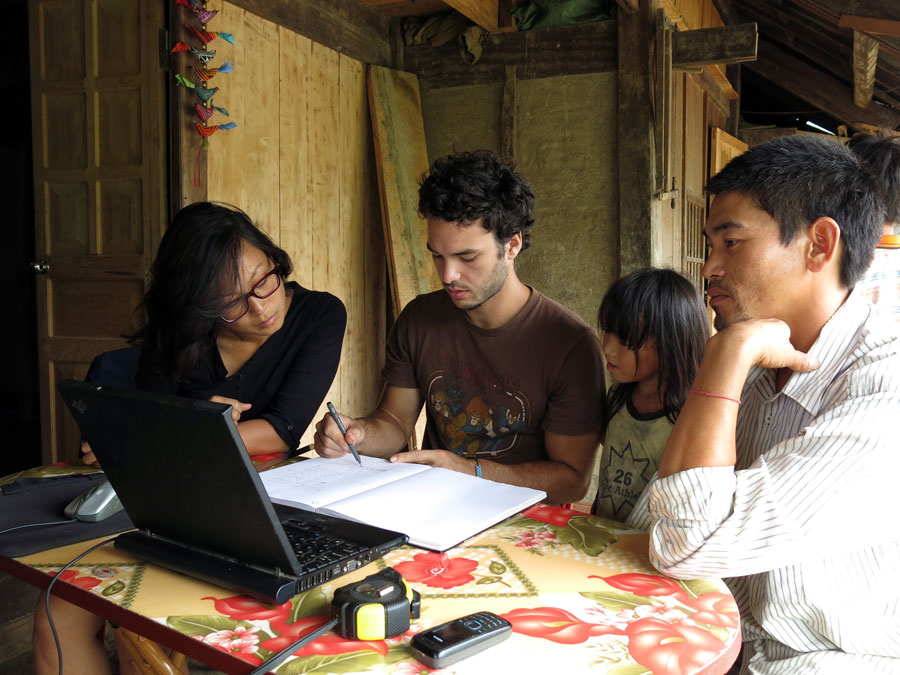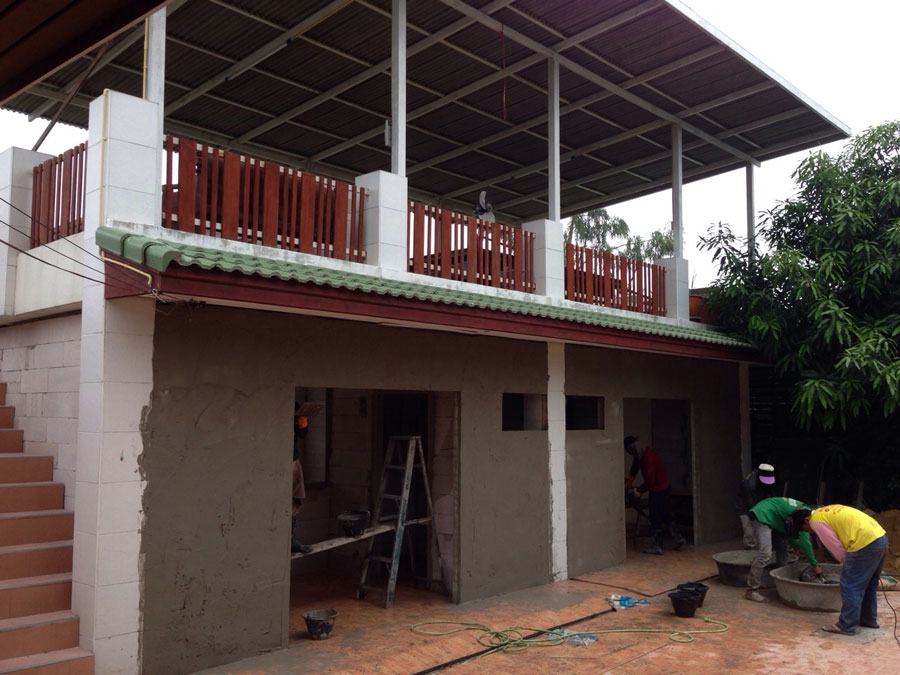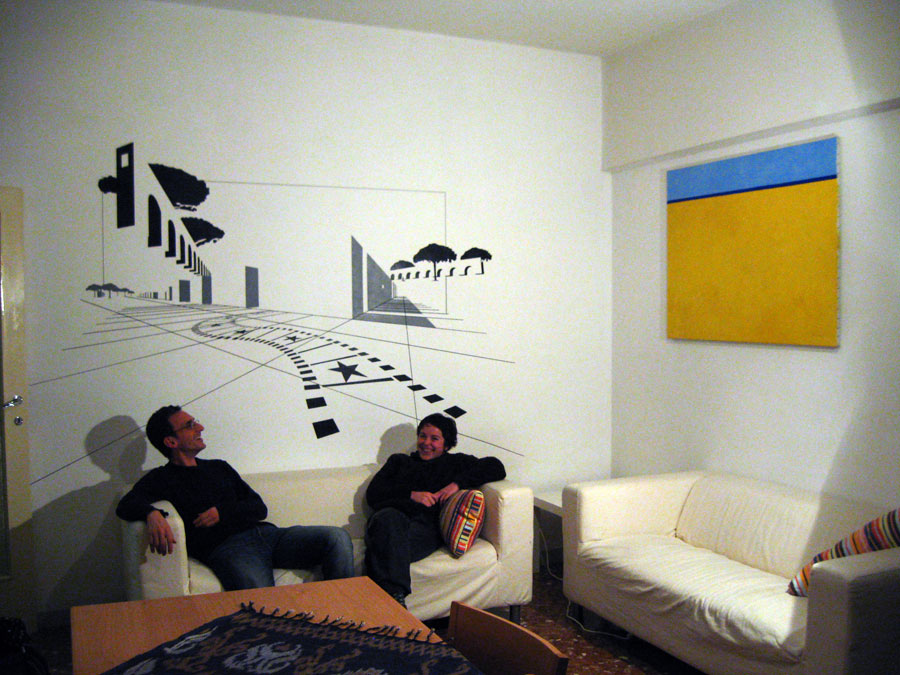
ABSTRACT by Gordon Hunt
An itinerant architect—one who learns, teaches, and practices architecture on the road—has the ability to improve spaces that would otherwise never reach their fullest potential. The profession of architecture as it stands is insufficient and does not properly address what people need. As a means for educating and improving space, an itinerant architect involves those unfamiliar with their own design abilities and needs throughout the design process, encouraging the appropriate customisation of their environments.
This thesis follows an itinerant architect in three stages. In the first he navigates the metropolis of Lima, where a series of interventions is completed as a means to understanding the capital city. He then returns to Canada and in the second chapter revisits familiar territories where he gains different perspectives through several additional projects. The third and final chapter follows his travels throughout Southeast Asia as he experiences what it means to practice architecture as a true itinerant.
The itinerant architect self-educates: he learns by doing. In stripping the profession down to its first principles, he improves space at a fundamental level. Lessons are learned as he abandons the comforts of the familiar to pursue the challenge of creating in a foreign place. It is in these unfamiliar situations that an itinerant architect thrives; challenges are welcomed, the vernacular is embraced, and experiences are gained.
Supervisor:
Prof. Val Rynnimeri, University of Waterloo
Committee Members:
Dr. Anne Bordeleau, University of Waterloo
Dr. Robert Jan Van Pelt, University of Waterloo
External Reader:
Fred Thompson, Professor Emeritus, University of Waterloo
The Defence Examination will take place: Friday, January 24, 2014 10:30 AM ARC 2026



I am a graduate student at the University of Waterloo School of Architecture, currently completing my MArch thesis on the design and collective memory of Indian residential schools in Canada.



